What is the Tesla 18 wheeler like? Look inside the electric Semi, find out what it is like to drive, and how far a battery charge can take it.
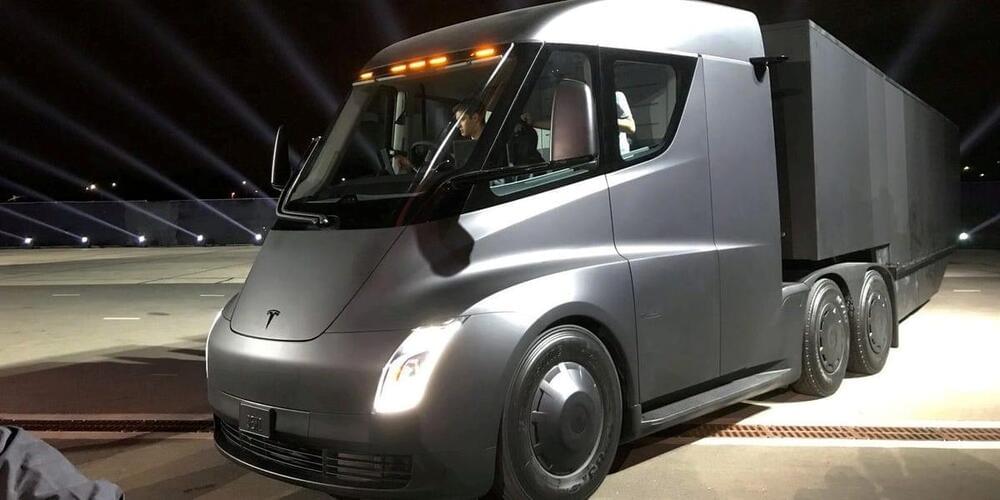

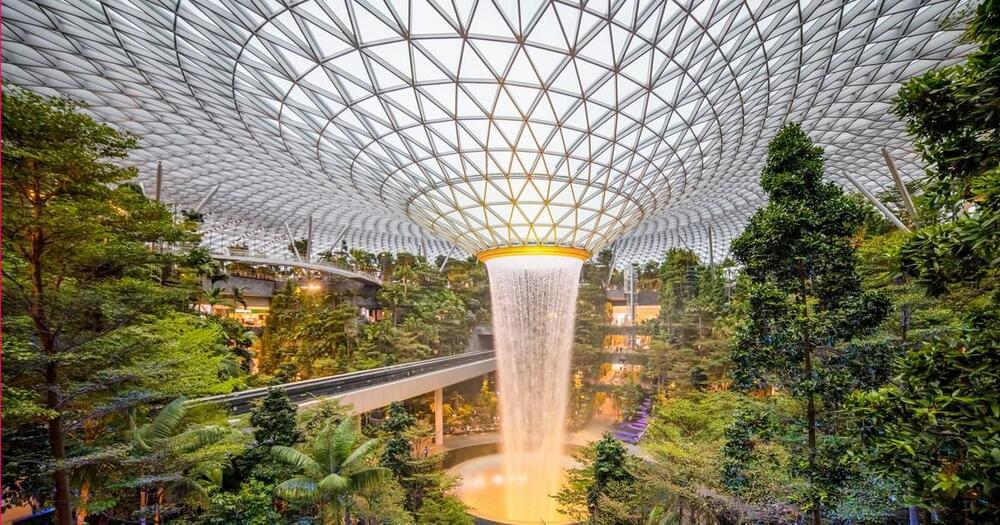
If you want to know what the best possible future could look like — and how we can make it happen — talk to someone involved in the solarpunk movement.
“If cyberpunk was ‘here is this future that we see coming and we don’t like it’, and steampunk is ‘here’s yesterday’s future that we wish we had,’ then might be ‘here’s a future that we can want and we might actually be able to get,’” Adam Flynn, an early member of the movement, explained in 2015.
This community is focused on not only imagining a future where we’ve overcome the problems inspiring today’s dystopian sci-fi (climate change, income inequality, descrimination, etc.), but also making that future a reality.
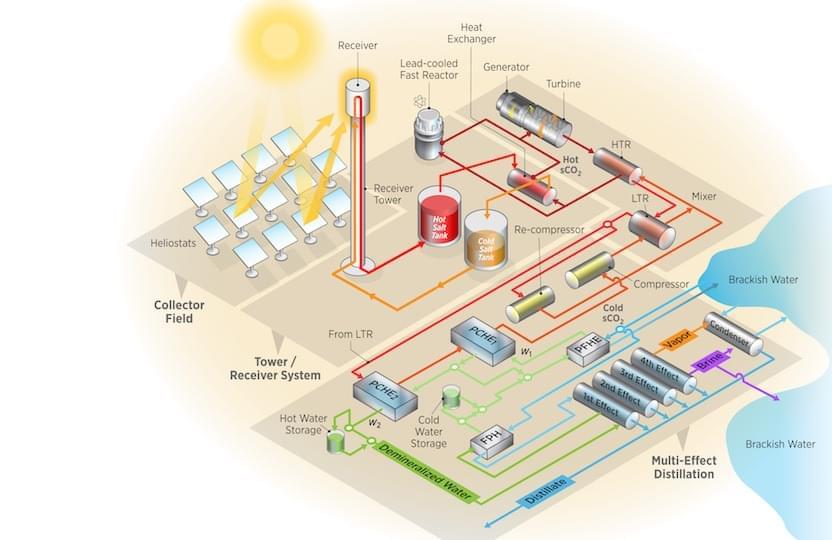
In energy policy debates, nuclear energy and renewable energy technologies are sometimes viewed as competitors.
In reality, they could be better, together.
At the University of Wisconsin-Madison, Ben Lindley, an assistant professor of engineering physics and an expert on nuclear reactors, and Mike Wagner, an assistant professor of mechanical engineering and a solar energy expert, are studying the feasibility and benefits of such a coupling.
Elon Musk Announces 5 NEW Teslas For 2023:- Tesla company has achieved remarkable growth in recent years with just four vehicles in its lineup: the Model S midsize sedan, Model X midsize crossover, Model 3 compact sedan and Model Y compact crossover.
Combined, those four nameplates now dominate the U.S. luxury car segment and top the EV charts. Tesla is the second-best-selling brand after Toyota in California, which often sets future-product trends for the nation. But Tesla fans are clamoring for more. And financial analysts watching Tesla stock warn of growing competition.
Tesla CEO Elon Musk has been promising new models for years 2023. Musk, who is known for missing product deadlines, is now hailing 2023 as the start of a new product cycle. He said that the missed deadlines have come, in part, from the need to first scale up production of the company’s current models.

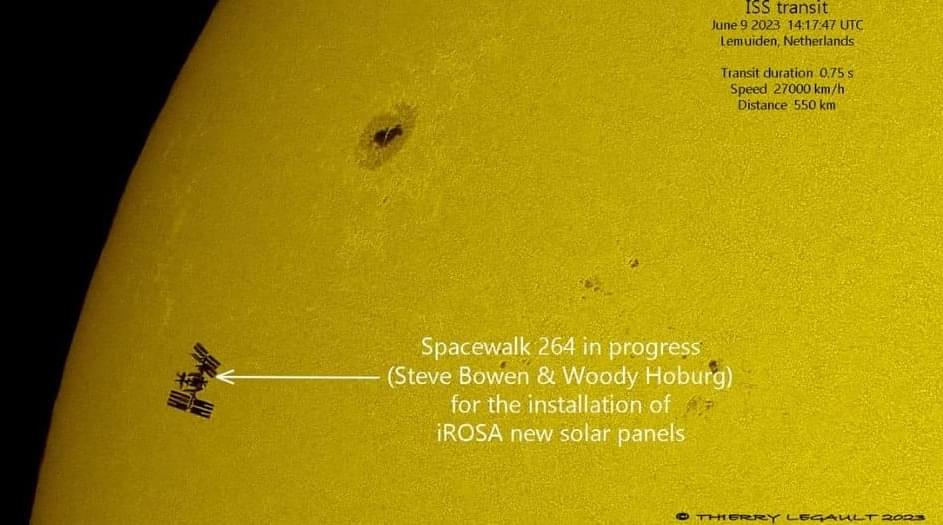

Year 2022 😗😁
Foraging for fungi may not only mean mushrooms are on the menu. New research has shown that mushroom skins could provide a biodegradable alternative to some plastics used in batteries and computer chips, making them easier to recycle.
Researchers from the Johannes Kepler University in Austria were working on flexible and stretchable electronics, with a focus on sustainable materials to replace non-degradable materials, when they made their discovery, published in the journal Science Advances Friday.
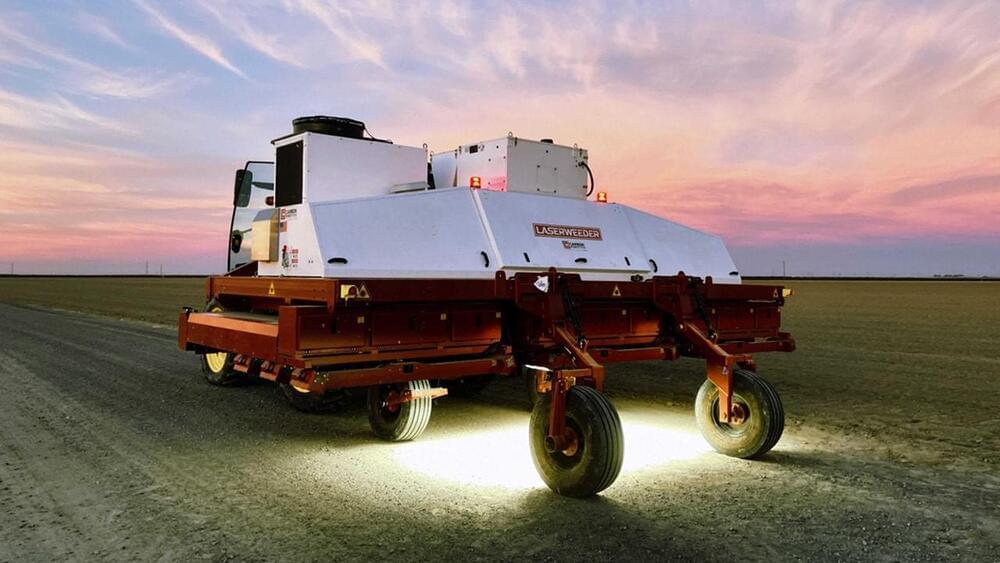
Weeds are one of the most “tedious, time-consuming and challenging” elements of farming, Carbon Robotics told Fox Business via email.
The LaserWeeder can eliminate over 200,000 weeds per hour and offer up to 80% cost savings in weed control.
Carbon Robotics CEO and founder Paul Mikesell “knows farmers and has a lot of friends who are farmers,” he said.
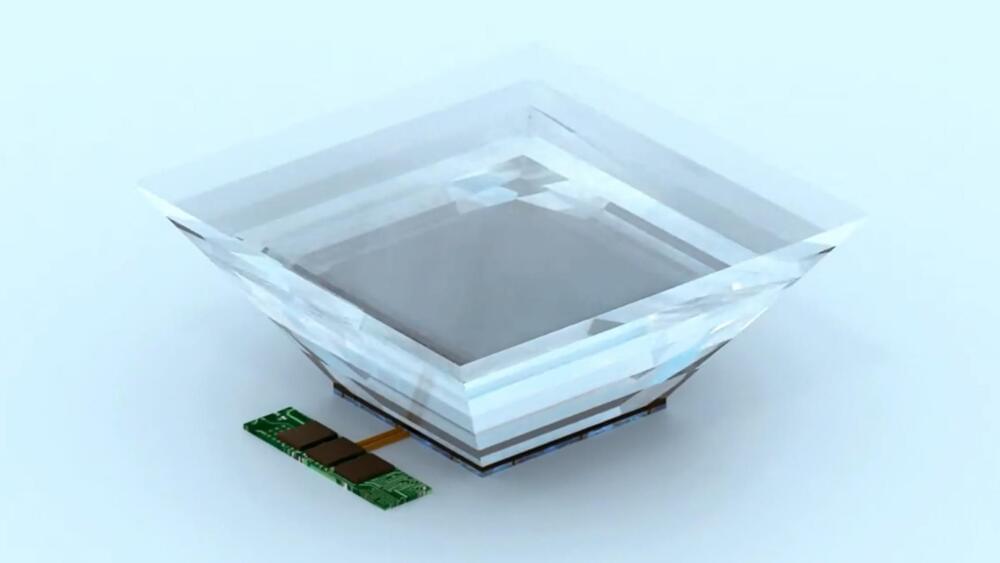
Photovoltaic cells work best when sunlight is incident directly on them. To make the most of sunlight available during the day, scientists have relied on solar tracking to move panels in sync with the Sun as its travels across the sky. However, installing these systems increases the cost of deploying solar panels, which is a significant obstacle to their wide-scale adoption.
You may have stumbled across the Flipper Zero hacking device that’s been doing the rounds. The company, which started in Russia in 2020, left the country at the start of the war and moved on since then. It claims it no longer has ties to Russia and that it is on track to sell $80 million worth of its products this year after selling almost $5 million worth as Kickstarter preorders — and it claims it sold $25 million worth of the devices last year.
So what are they selling? Flipper Zero is a “portable gamified multi-tool” aimed at everyone with an interest in cybersecurity, whether as a penetration tester, curious nerd or student — or with more nefarious purposes. The tool includes a bunch of ways to manipulate the world around you, including wireless devices (think garage openers), RFID card systems, remote keyless systems, key fobs, entry to barriers, etc. Basically, you can program it to emulate a bunch of different lock systems.
The system really works, too — I’m not much of a hacker, but I’ve been able to open garages, activate elevators and open other locking systems that should be way beyond my hacking skill level. On the one hand, it’s an interesting toy to experiment with, which highlights how insecure much of the world around us actually is. On the other hand, I’m curious if it’s a great idea to have 300,000+ hacking devices out in the wild that make it easy to capture car key signals and gate openers and then use them to open said apertures (including Tesla charge ports, for some bizarre reason).